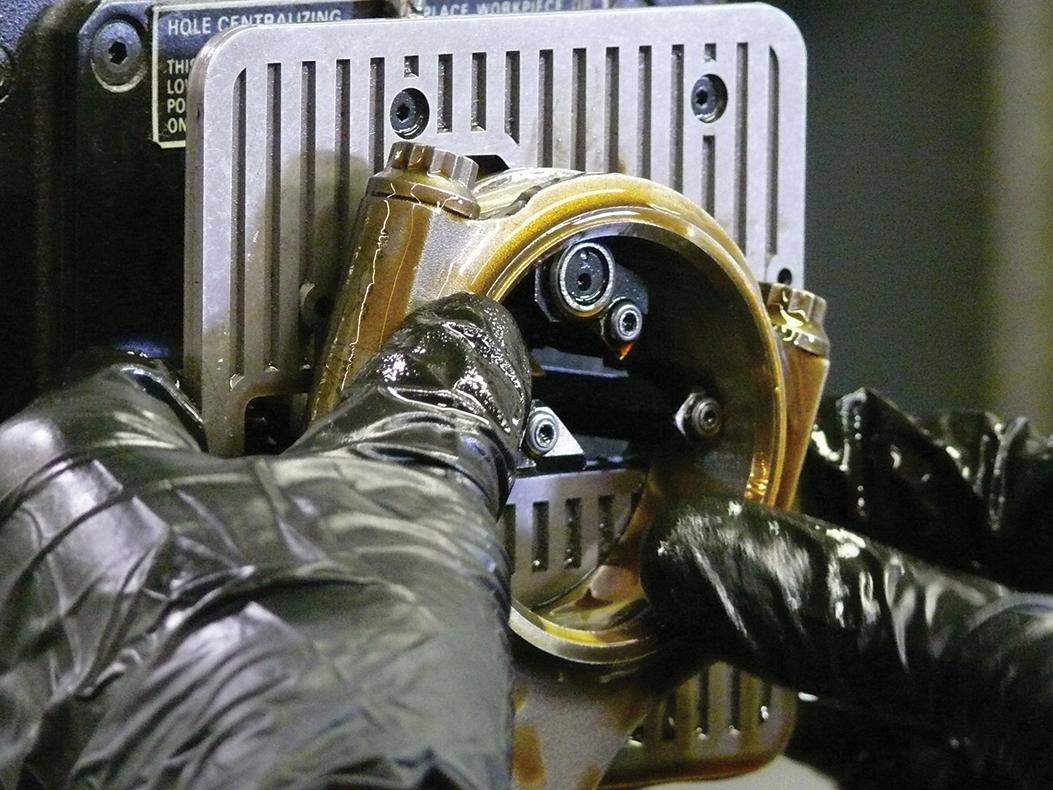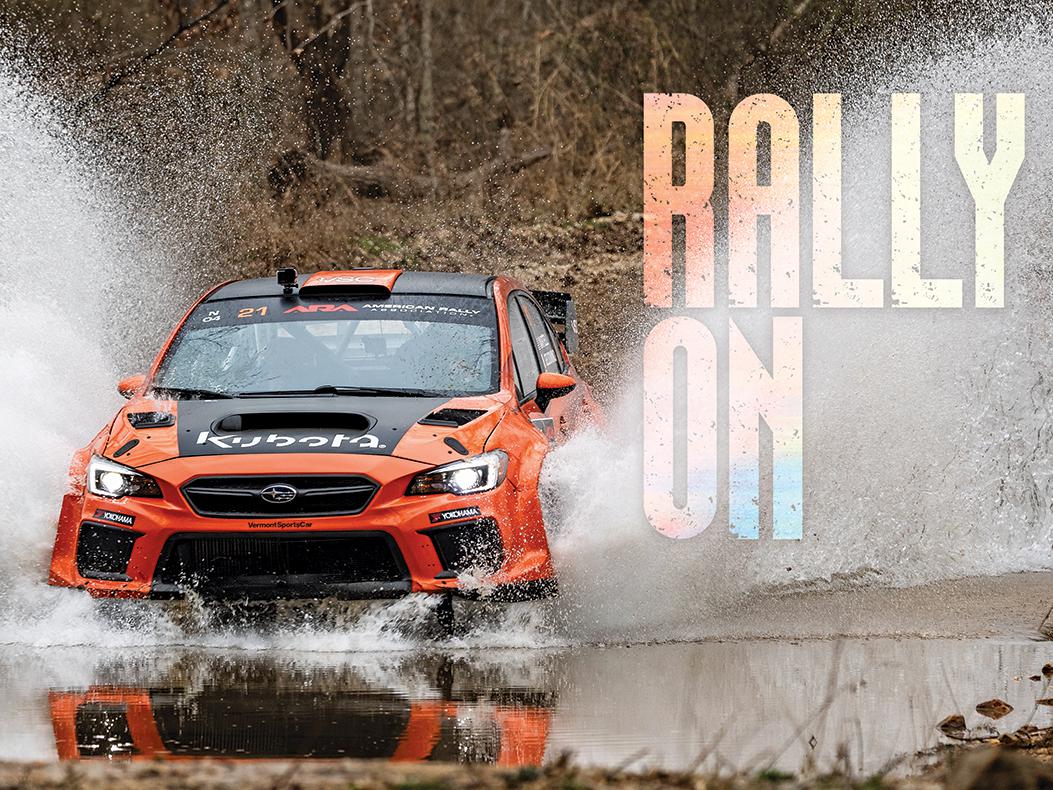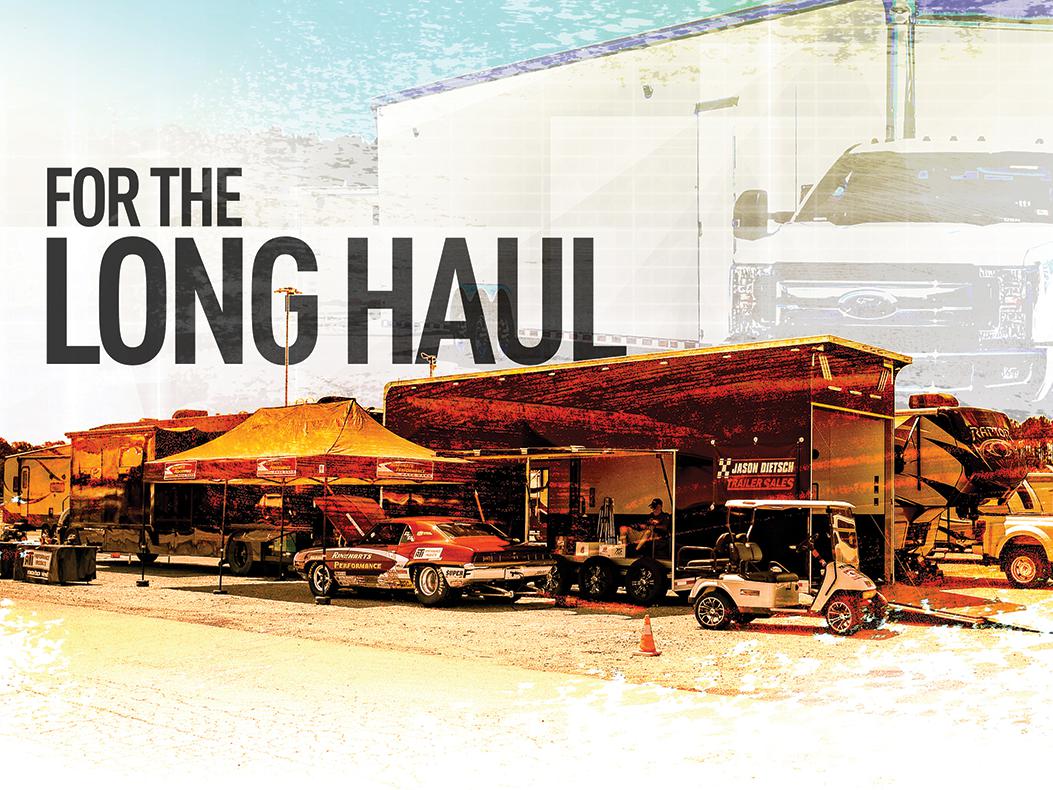Taming Torque
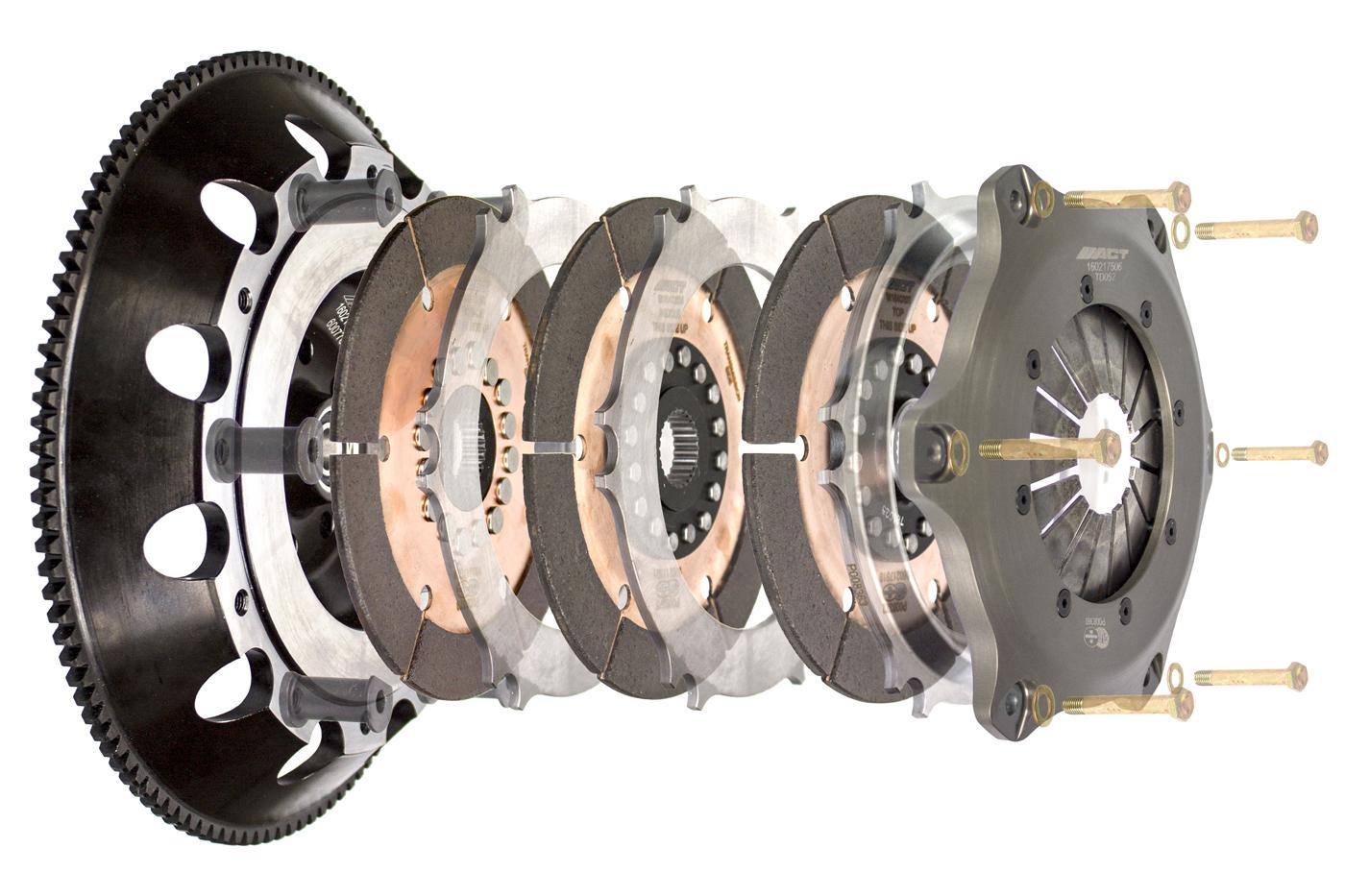
How some of today’s leading manufacturers are helping customers fine-tune their setups to put power squarely where it belongs.
Regardless of the type of car, amount of horsepower, track surface, ambient conditions, or driver habits, the fundamental physics equation for any race car involves getting its engine’s power securely to the track. Given the reality that a race car’s driveline consists of major components, attempting to fine-tune the driveline in the work area at a speedway can involve swapping out those major mechanical systems. But procedures do exist that are less dramatic and more easily accomplished in the limited time available between racing events.
Among the performance racing companies that specialize in providing this sort of driveline solution is McLeod Racing in Anaheim, California, best known for its lines of specialty performance and racing clutches and flywheels. Will Baty observed, “It’s not an easy change, and depending on whether it’s a long track or a short track, that in turn determines what changes they might want to make to the vehicle so it’s performing at its top level, and making sure the engine’s in its torque band at all times.”
It’s important to draw the distinction here between horsepower and torque because while horsepower is the better-known measure of output, torque is what actually moves the car. Baty explained that in addition to clutch selection, picking the proper flywheel weight is crucial. “The same thing happens on an autocross, or a road course, as in drag racing,” he said. “We sometimes want to kill that initial shock, so the guy isn’t putting so much power to the ground. You can put in an ultra-lightweight clutch and flywheel so that when you’re coming into the turn, it’s great once it’s moving and it also gives you optimum compression braking once you let off the throttle, so you’re not using the brakes as much.
“You can make the change at the race track, but you’re talking about pulling the transmission down and such,” Baty continued. “Some vehicles are equipped to do that. Some guys can do it in a few hours, but in between runs, that’s going to be hard to do. Same thing with the converter, it’s not an easy task. There are great things to do, depending on the event, but you prep prior. The most important thing is knowing how the car is going to react, knowing the weight and suspension. If you are going to be running at the top of the rpm spectrum on a road course, the tuning is going to be different.”
Advanced Clutch Technology in Lancaster, California, offers a wide range of clutches, clutch components, and flywheels that can be selected to address particular launch or traction issues. Christopher Bernal noted, “A lot of the design and development work that goes into ACT products really tries to minimize the amount of changing configurations that one would have to do once you have it configured correctly for the type of racing, the type of vehicle, the torque of the engine, and that sort of thing. One of our goals is to reduce the competitor’s cost and confusion, or the number of configurations they have to build.”
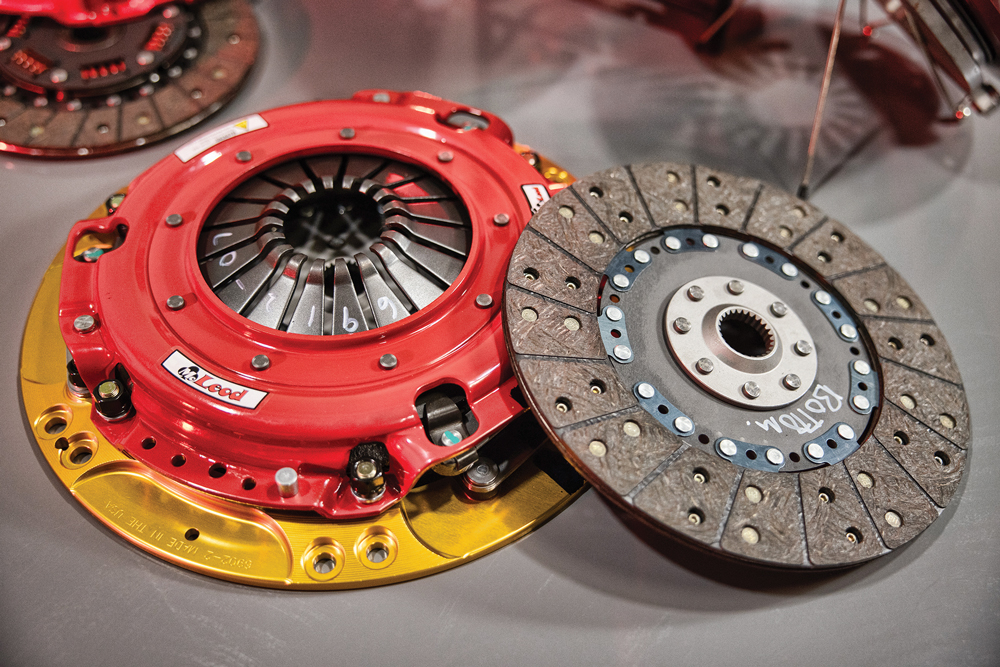
In drag racing, ACT works with customers to develop adjustments or different versions of the traditional diaphragm clutch, where rules permit, depending on the amount of rubber laid down on the drag strip and the amount of prep the track operator does. “It can really change for small-displacement guys who risk bogging at the line if there’s too much clutch grab. There are some things we can do to allow for some trackside adjustment because you really have to get that launch nailed.”
Some drag racing teams, for example, will use clutch delay valves where it’s legal, or vary the size and capacity of the clutch master cylinder, Bernal said. “It’s really particularly difficult to get a small-displacement, high-rpm engine to launch consistently. We can tune some things or allow for a setup that can be tuned after working closely with the team.”
Bernal said the “magic” found from this clutch manufacturer comes from building its own diaphragm springs in-house. “It’s like building and tuning engines and using somebody else’s camshaft,” he explained. “If you’re using your own camshaft grind, you can really get into the nitty gritty and make changes that work. That’s pretty much what the diaphragm spring is to us. We do approach flywheel weight with a little bit of variability. For our high-performance street guys, we have what we call our Streetlite flywheel, which is lighter than stock but not ridiculously light, very drivable. And then when we get to the track, we direct people to our Prolite flywheels, which are much lighter, one-piece forgings that are very safe and certified. We’ll tune the flywheel for the engine and the use as well. Inertia is something that we’ll work with to make sure the vehicle’s working properly.”
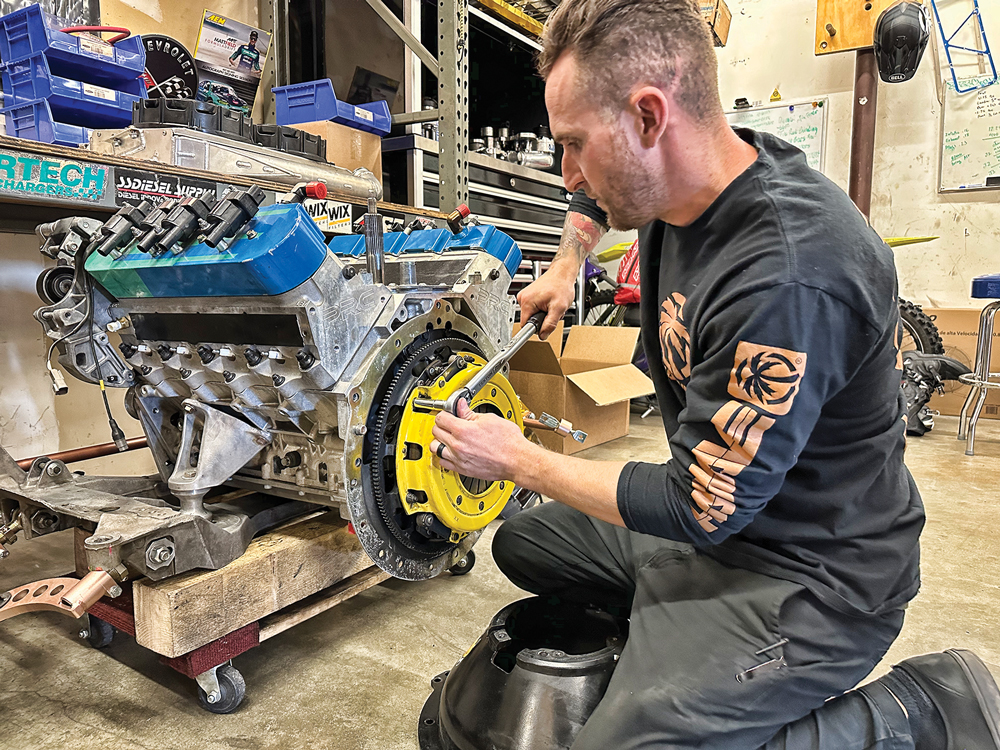
Total Transmissions Chicago of Bellwood, Illinois, produces and sells remanufactured torque converters for both street and strip applications. Justin Carlisle said the short turnaround between rounds in drag racing means that swapping out a converter at the track is impractical. “Most racers don’t do that at the track because you’ve got to put the car in the air, take the transmission out, and most of them don’t keep a spare torque converter in the trailer,” he explained. “We’re primarily street-strip cars and daily drivers. The torque converter determines when the vehicle is going to start moving. I had a guy who was working on an SRT-8 Jeep. We went into his converter I think four times, because each time he took it to the track, he wanted a little bit better response out of it, so it’s playing with the stall speed of the converter as to where it’s actually going to launch the vehicle. That’s about the most that we can help him with, like a case where it’s stalling at 3,000 rpm and I’d like to get it a little closer to 3,200. We can take it out, tighten the stall up a little bit, do a little machine work on the converter, to see if it helps them.”
Easy Swap-outs
Cars with more basic drivelines can present more simplified tuning solutions. Winged sprint cars on dirt don’t use a conventional powertrain since their engines are linked directly to the rearend via an in-and-out coupling. Dave Ely of Diversified Machine, which manufactures Bulldog Quick Change Rears in Lancaster, Pennsylvania, is a winning sprint car driver himself, and he said the simplest tuning at an oval track involves switching out the gears in one of his company’s rears.
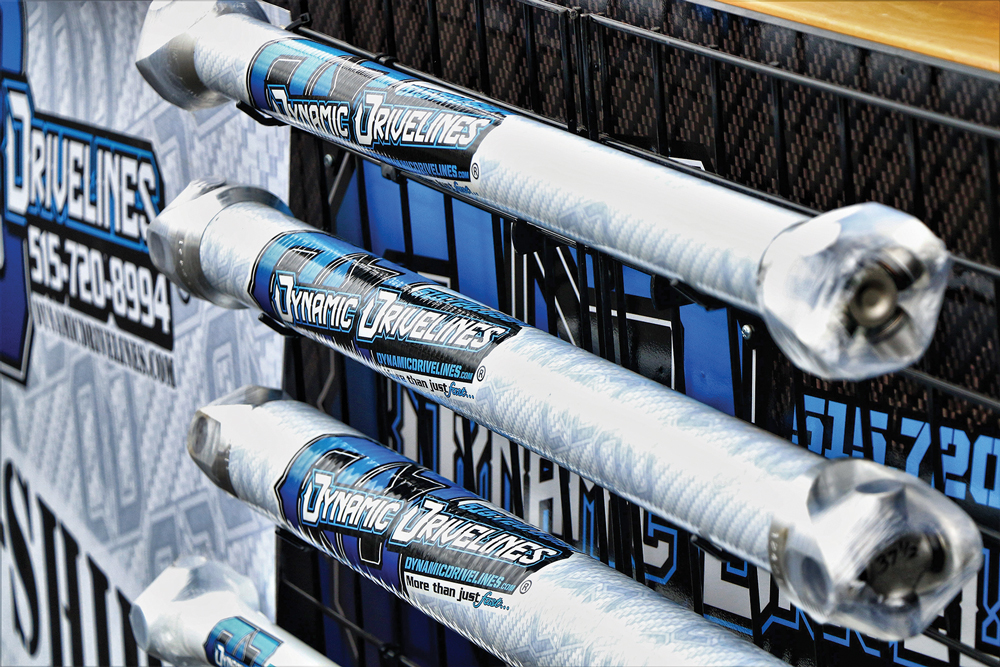
“Your track conditions, along with the size of the race track, are what determine the final drive ratio that’s required,” Ely explained. “A wetter, heavier race track that would have more grip to it is going to require more gear because otherwise, the car’s going to get bogged down. A dry, slick race track is going to require less gear in most cases, because you don’t want to spin the tires. There are some cases of guys on a dry, slick track who will actually plug more gear into it, and actually use the extra gear as a Jake Brake, which helps slow them down when they enter the corner.”
Once a racer chooses a driving style, adjustment is a matter of following changing track conditions and adjusting accordingly, Ely added. “You simply lie down under the car, take the six rearend cover bolts off, take off the cover, slide the rearend gears out, install the new set of gears, put the cover back on, tighten the nuts, top off with fluid, and go back on the race track,” he explained. “It’s not uncommon where the series officials use an eight-minute horn, or a four-minute horn. The gear ratio is one of those things that let you wait till the last possible moment to make that decision. You can change gears in a minute and a half to two minutes.”
Driveline tuning can involve internal components such as these, but other solutions can involve feasible swap-outs, especially a comparatively straightforward single component such as the driveshaft. That’s where Dynamic Drivelines of Des Moines, Iowa, comes in. The firm specializes in shafts for racing, off-roading, and even commercial vehicles. Mike Bennett explained that Dynamic Drivelines manufactures driveshafts with varying levels of twist rigidity that can be swapped to compensate for changing track conditions.
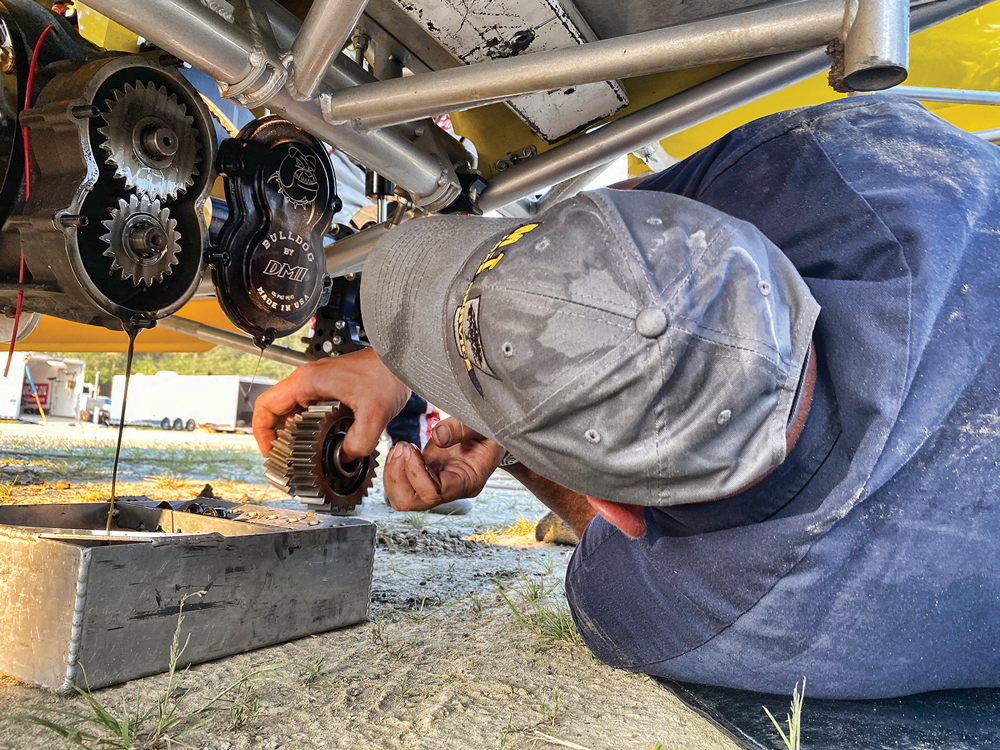
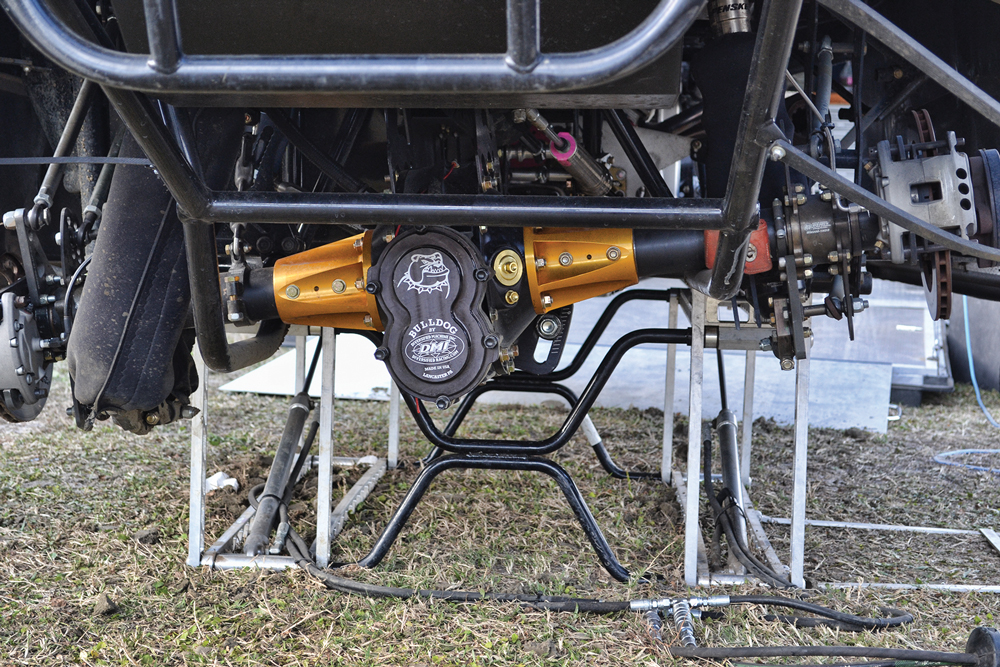
“The biggest thing to do is with our carbon fiber shafts. We have four different winds to them so there’s a swift one all the way down to a soft one that twists, so if the track is really slick, you can put the softer-twist one in, and that will help the car’s traction,” Bennett described. “You can adjust on them for different track conditions. A lot of the guys down South will run the twist shaft more than up here in the Midwest, because just as the track gets slicker, you can put the twist shaft in to help absorb some of it. They use different steps when they wind the shafts so the shaft will actually twist, up to 45 degrees. You can actually see the shaft twist in the tester. Our stiff ones, they don’t move at all. We do a lot of it with our drag race stuff. At the drag strip, you can do the twist shaft if the track is not treated, and then where there’s a lot of traction in the track, you don’t need the driveshaft to help absorb the shock. If it’s real sticky or heavy, you don’t need it, but as it goes slicker, you can put twist into the shaft to compensate.”
Test and Tune
Not every solution will be operative during a race meet because of the quick turnaround time between events. In such cases, Baty from McLeod recommends turning the event from a race into a test session and to get disciplined about collecting data. “It’s just like our leader, Paul Lee, who was a Funny Car drag racer, said: You’ve got to take notes. You’ve got to take track temperature and everything else so you know that you can get the power to the ground,” Baty stressed. “Whether it be on the dirt, the street, asphalt, however you want to do it, you really need to know that vehicle and its power curve. More than anything else, you need to know the torque curve, how it produces that power. The feeling of getting shoved into the seat isn’t horsepower, it’s torque. So when you’re changing gear ratios at the rearend, or in the transmission, you’re changing the mechanical advantage of that vehicle over the weight and the horsepower that it develops.
“In a driveline sense, it’s a test session to see how the car reacts,” continued Baty, urging racers to start testing at the track if they can’t swap components. “When we’re talking about overall performance, you’re trying to get as much power to the ground as possible without breaking traction. There are things you can learn from other racers that have a similar vehicle. That’s where you get that knowledge, something that they’ve actually already experienced. The most important thing we tell people is when you don’t know, call the manufacturer. We like to know the overall intended use for this vehicle, and we’re going to recommend our best product and dial you in once we know everything about that vehicle and how it behaves.”
SOURCES
Advanced Clutch Technology (ACT)
advancedclutch.com
Diversified Machine (DMI)
diversifiedracing.com
Dynamic Drivelines
dynamicdrivelines.com
McLeod Racing
mcleodracing.com
Total Transmissions Chicago
totaltransmissions.com
 MEMBERSHIP LOGIN
MEMBERSHIP LOGIN JOIN PRI
JOIN PRI
